The Queensland government has announced it will invest $2 billion in state-owned solar, wind, pumped hydro and battery storage projects that can be used to power clean manufacturing and hydrogen exports.
With the state budget to be tabled on Tuesday, Queensland Premier Annastacia Palaszczuk has unveiled the $2 billion Renewable Energy and Hydrogen Jobs Fund, increasing the existing $500 million Queensland Renewable Energy Fund by $1.5 billion.
“This is positioning Queensland for the future,” Palaszczuk said on Thursday.
“Our government is committed to Queensland becoming a renewables, hydrogen and manufacturing superpower, because it means more full-time jobs across more regions.”
Speaking at the Queensland Energy Forum in Townsville, Palaszczuk said the fund will support government-owned businesses to build, own and operate new renewable energy and storage projects and deliver on a target of 50% renewable energy by 2030.
“It will also fund projects to develop our hydrogen industry, so that we can reduce emissions in the transport sector and export our sunshine and wind energy to the world,” she said.
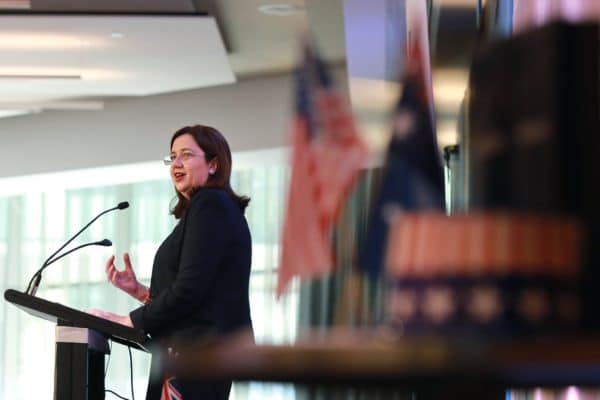
Image: Facebook
Palaszczuk said the government had taken renewable energy generation from 7% to more than 20% since gaining office, offsetting 12.6 million tonnes of carbon emissions a year.
Queensland minister for energy, renewables and hydrogen Mick de Brenni said the $2 billion fund would generate manufacturing jobs in the renewables supply chain.
“By 2050, the world will be looking for more than 500 million tonnes of hydrogen every year, and we want to make sure Queenslanders get decent, secure jobs supplying it,” he said.
“There is no reason why solar panels, electrolysers, batteries, wind farm components and new technology can’t be manufactured right here in Queensland.
“This fund will create a pipeline of demand for local manufacturing across the entire value chain, and that means more jobs for Queenslanders.”
Ellen Roberts, national director of community group Solar Citizens welcomed the funding, saying it demonstrated the government was thinking ahead and planning for the eventual decommissioning of the state’s coal-fired power generators.
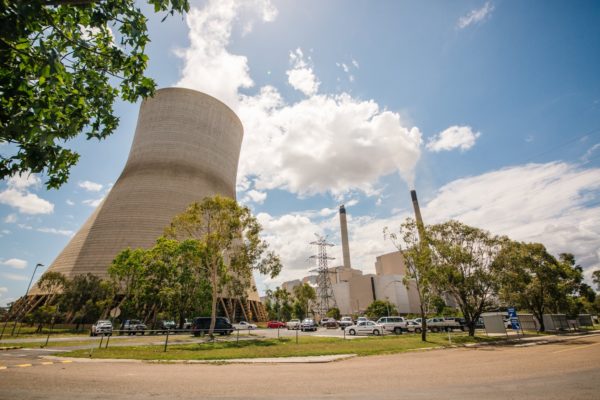
Image: CS Energy
“Right now we’re seeing Queensland’s coal power stations struggling to remain profitable as more cheap renewables come online, so the smartest thing the state government can do is diversify and invest in the next generation of energy,” she said.
“Investing in clean energy storage, like battery storage, pumped hydro and renewable hydrogen, can create thousands of regional jobs and unlock cheap solar energy at all hours of the day.
“More storage will also ease congestion on the grid so that Queenslanders can keep installing record rates of rooftop solar on their homes and businesses.”
Roberts said a new analysis commissioned by Solar Citizens had found that replacing Queensland’s 7.2 GW of state-owned coal generation with 100% renewable energy would require 7.1 GW of solar PV and 10.1 GW of wind capacity as well as 4 GW/103 GWh of supporting energy storage.
Australian Conservation Foundation (ACF) campaigner Jason Lyddieth agreed that the funding commitment would help establish Queensland as a leader in clean energy production.
“This is a significant investment in the move away from coal and positions Queensland to become a big clean energy exporter,” he said.
“It makes sense for Queensland to take advantage of our bountiful sunshine and wind resources to power our own state and drive new export industries like green steel, green aluminium and hydrogen.”
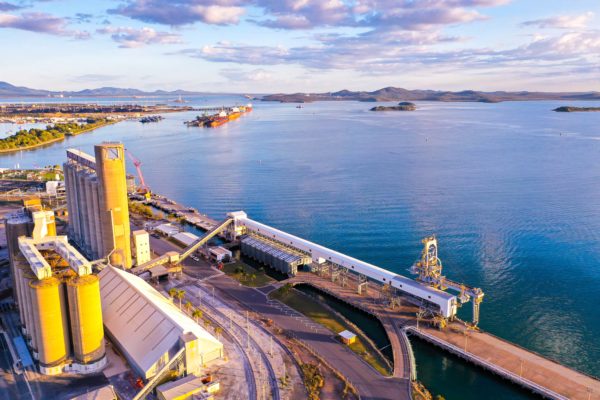
Image: Gladstone Ports Corporation
Electrical Trades Union (ETU) divisional branch secretary Peter Ong said it was a significant step and a much-needed investment in Queensland’s energy future but added ongoing investment will be required.
“It’s the right start for Queensland, and I feel we are on the right track with this investment,” he said.
“(But) it is important to remember this is only the first step in a just transition to renewables.”
The announcement comes after the state government earlier this week sent a pumped hydro scheme at Borumba Dam to the planning stage and secured land for a 3 GW hydrogen electrolyser plant near Gladstone.
The government has also committed $145 million to develop renewable energy zones connecting up the 157 MW Kaban wind farm and battery project to be built near Cairns and provided $147 million to build the transmission line to support the Kidston 250 MW pumped hydro storage project in the state’s north.
This content is protected by copyright and may not be reused. If you want to cooperate with us and would like to reuse some of our content, please contact: editors@pv-magazine.com.
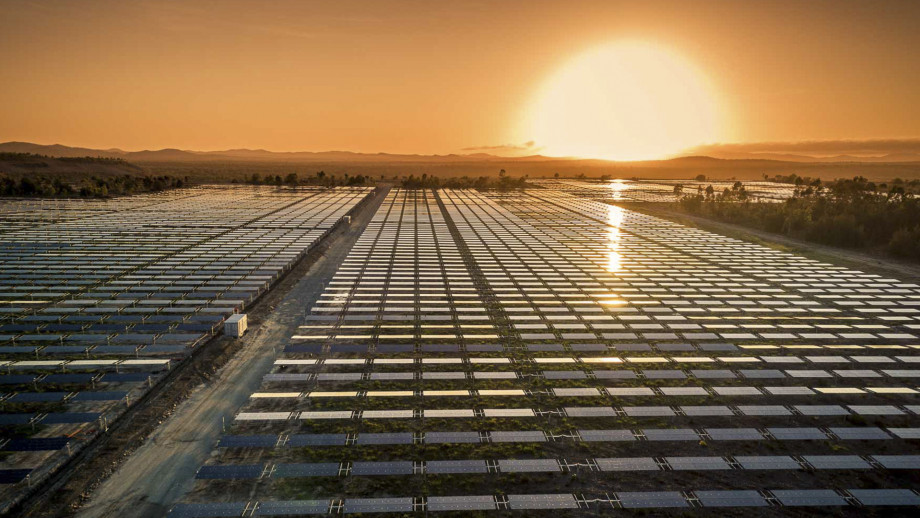



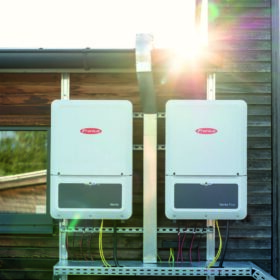

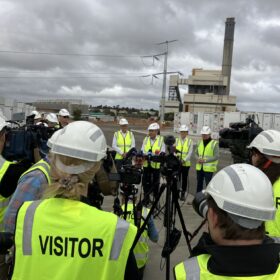
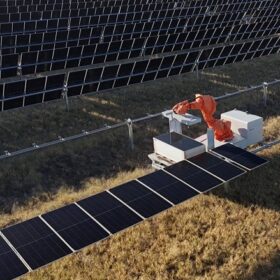

By submitting this form you agree to pv magazine using your data for the purposes of publishing your comment.
Your personal data will only be disclosed or otherwise transmitted to third parties for the purposes of spam filtering or if this is necessary for technical maintenance of the website. Any other transfer to third parties will not take place unless this is justified on the basis of applicable data protection regulations or if pv magazine is legally obliged to do so.
You may revoke this consent at any time with effect for the future, in which case your personal data will be deleted immediately. Otherwise, your data will be deleted if pv magazine has processed your request or the purpose of data storage is fulfilled.
Further information on data privacy can be found in our Data Protection Policy.